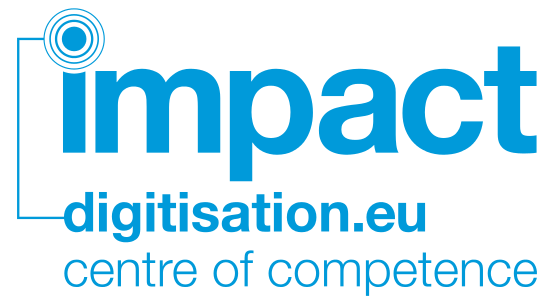Webinars
Upcoming webinars
Past webinars
Preservation of Digitised and Born-digital Collections: Interconnections, Policies and Workflows
The management, curation and preservation of digital collections increasingly includes both digitised and born-digital materials. To what extent ...
24 March, 2022 @ 1:30 pm - 2:30 pmAn Introduction to IIIF
Tom Crane (Digirati & IIIF Editorial Committee) The International Image Interoperability Framework (IIIF) is revolutionising access to d...
13 March, 2019 @ 11:00 am - 12:00 pmAdvanced Imaging Services at KU Leuven Libraries
Bruno Vandermeulen, Hendrik Hameeuw (KU Leuven) This webinar will focus on a selection of advanced imaging services which have been ... Read More
18 October, 2018 @ 11:00 am - 12:00 pmIntroduction to web analytics for on-line cultural heritage collections
Marcin Werla, Head of Digital Libraries and Knowledge Platforms Department at PSNC The aim of this webinar is to introduce ... Read More
18 April, 2018 @ 11:00 am - 12:00 pmAn introduction to Transkribus – automated text recognition for historical documents
Transkribus is a Research Infrastructure for automated transcription, recognition and searching in historical documents – whether they are handwritt...
14 December, 2017 @ 11:00 am - 12:00 pmQuality control in (mass) digitisation workflows
Martina Hoffmann (Koninklijke Bibliotheek) Digitisation of cultural heritage is big business nowadays and the possibilities seem endless – But how ....
5 September, 2017 @ 12:00 pm - 1:00 pmDigitisation at the BnF: Introduction to an experience and a workflow
Jean-Baptiste Vaisman and Jean-Philippe Moreux (Bibliothèque nationale de France) The webinar will present the large experience of the BnF in ... Rea...
19 April, 2017 @ 12:00 pm - 1:00 pmDigitisation at the British Library: Introduction to business models and processes
Rossitza Atanassova (The British Library) The British Library has a large digitisation portfolio and currently there are about 25 initiatives ... Read...
14 December, 2016 @ 10:30 am - 11:30 am
